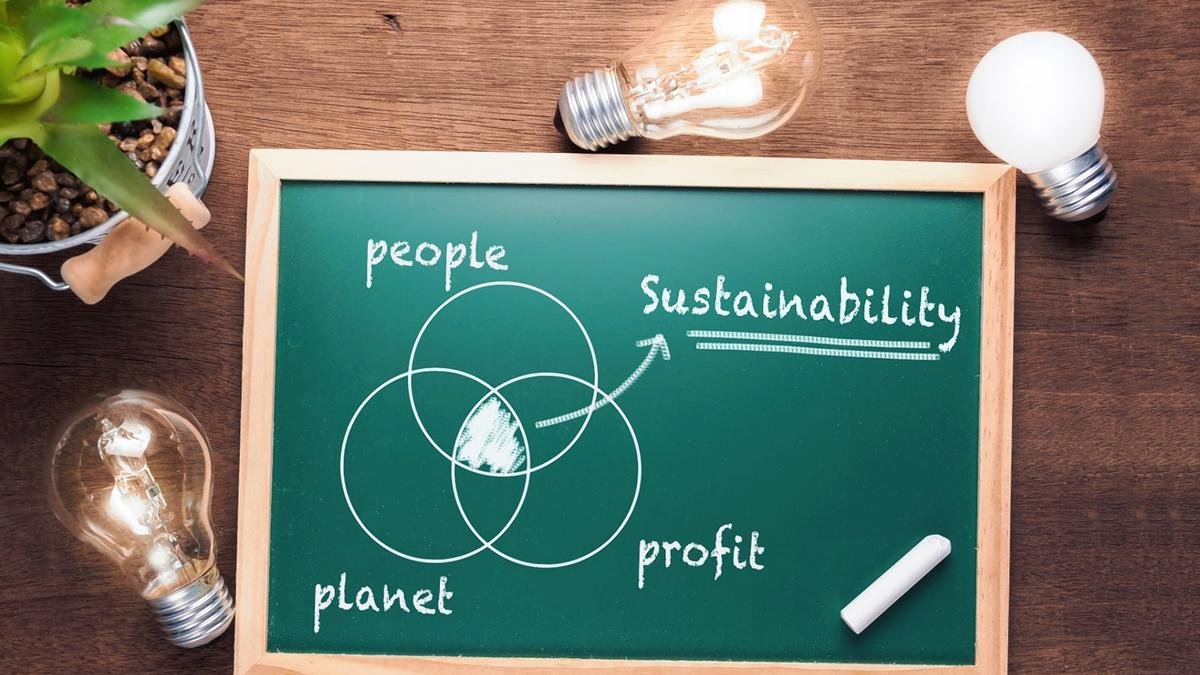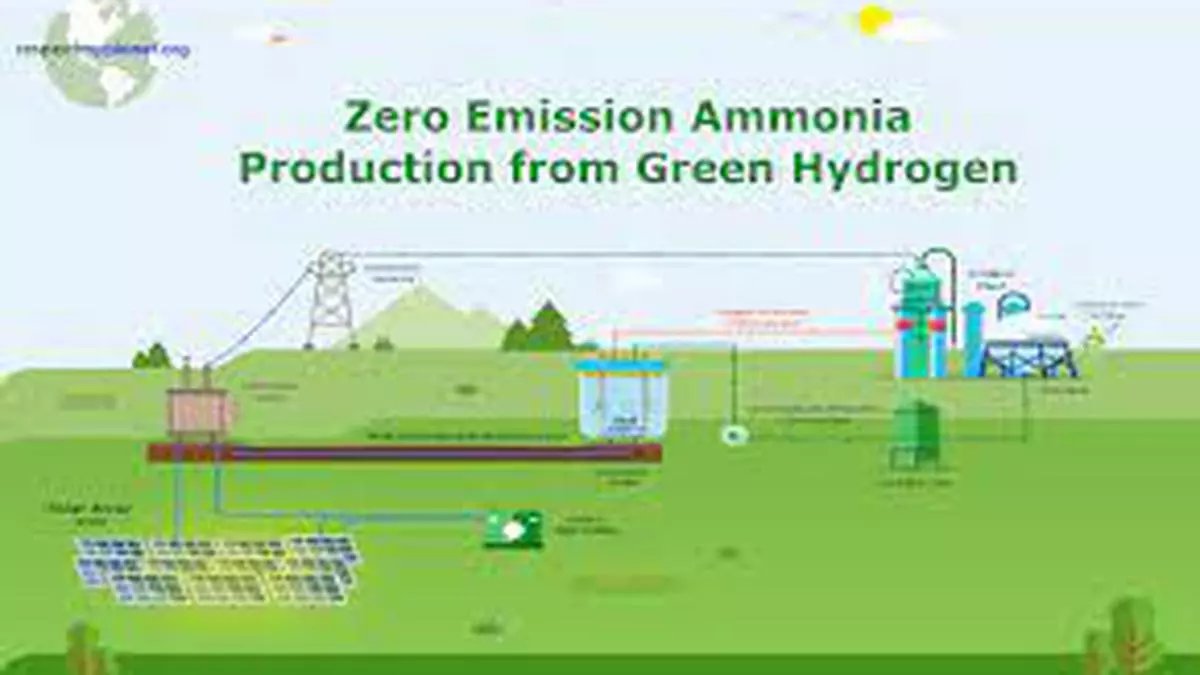India bettered its performance in achieving sustainable development goals (SDGs) during 2023-24 with significant progress in eliminating poverty, economic growth and climate action.
However, progress in addressing inequalities related with gender and income as well as access to equal opportunities needs to be addressed more effectively.
NITI Aayog on Friday released the fourth edition of the SDG India Index 2023-24, which reveals “significant” progress in goals on eliminating poverty, providing decent work, economic growth, climate action and life on land.
“Remarkable work is being done. Still a lot of work needs to be done. We have done very well on Goal 1 (No Poverty), Goal 8 (Decent Work and Economic Growth), Goal 13 (Climate Action) and Goal 15 (Life on Land),” NITI Aayog Chief Executive Officer BVR Subrahmanyam said.
Overall, the SDG score for India is 71 for 2023-24, compared to 66 in 2020-21 and 57 in 2018 (Baseline report). Goal 13 recorded the highest increase from 54 in 2020-21 to 67 in 2023-24 followed by Goal 1 from 60 to 72.
SDG India Index measures and tracks national progress of States and UTs on 113 indicators aligned to the Ministry of Statistics and Programme Implementation’s National Indicator Framework (NIF). It computes goal-wise scores on the 16 SDGs for each State and UT.
The progress is explained using colours—red or aspirant (with an index score below 50), yellow or performer (score between 50-64), green or front runner (score between 65-99) and blue or achiever (score equals 100).
It reported a positive trend in performance of States and UTs. The scores for States now range from 57 to 79, while UTs score between 65 and 77, which is an improvement over 2020-21, where the range was 52 to 75 for States and 62 to 79 for UTs.
Gender equality
This is the only SDG (Goal 5) where the index is in Red, which means a performance below 50.
“This is an area of concern. There is improvement. We have moved up from 36 to 49. Maybe, next year we will be in Yellow in total for the country. You will see that States which are not doing well have issues like sex ratio at birth. There are States which are below 900 (girls per 1,000 males). That gets reflected here. You have other issues like women owning land, women owning assets, women’s labour force participation rate, etc. If there is one area of maximum concern, it is this. I think that is where the government is focusing on Nari Shakti, women-led development, etc,” Subrahmanyam said.
The SDG Index Score for Goal 5 ranges between 39 and 74 for States and between 41 and 65 for UTs.
Ending discrimination against women and girls is a basic human right and is a prerequisite for sustainable development. This goal calls for ending all forms of violence, trafficking and sexual exploitation of women and girls. Recognising and valuing unpaid care and domestic work is a key component of this goal.
Reduced inequalities
This is the only SDG (Goal 10) where the index has declined. It fell to 65 in 2023-24 from 67 in 2020-21 and 71 in 2018.
“It is the only SDG in which there is a marginal drop. It also shows you the distribution of wealth. You can see that large parts of India are Green, but there are states where inequalities are high,” Subrahmanyam said.
The goal calls for progressively reducing not only income inequalities but also inequalities-of-outcome by ensuring access to equal opportunities and promoting social, economic, and political inclusion of all, irrespective of age, sex, disability, race, ethnicity, origin, religion or economic or any other status relevant within a society.
Asked about the reasons behind the decline, he said “Introduction of Gini coefficient led to the drop. It was not there earlier. One, under inequality you have to bring the Gini coefficient. Two, if you look at all the States, you will see very clearly that there is an improvement in many. In some states, you will see a fall.”




